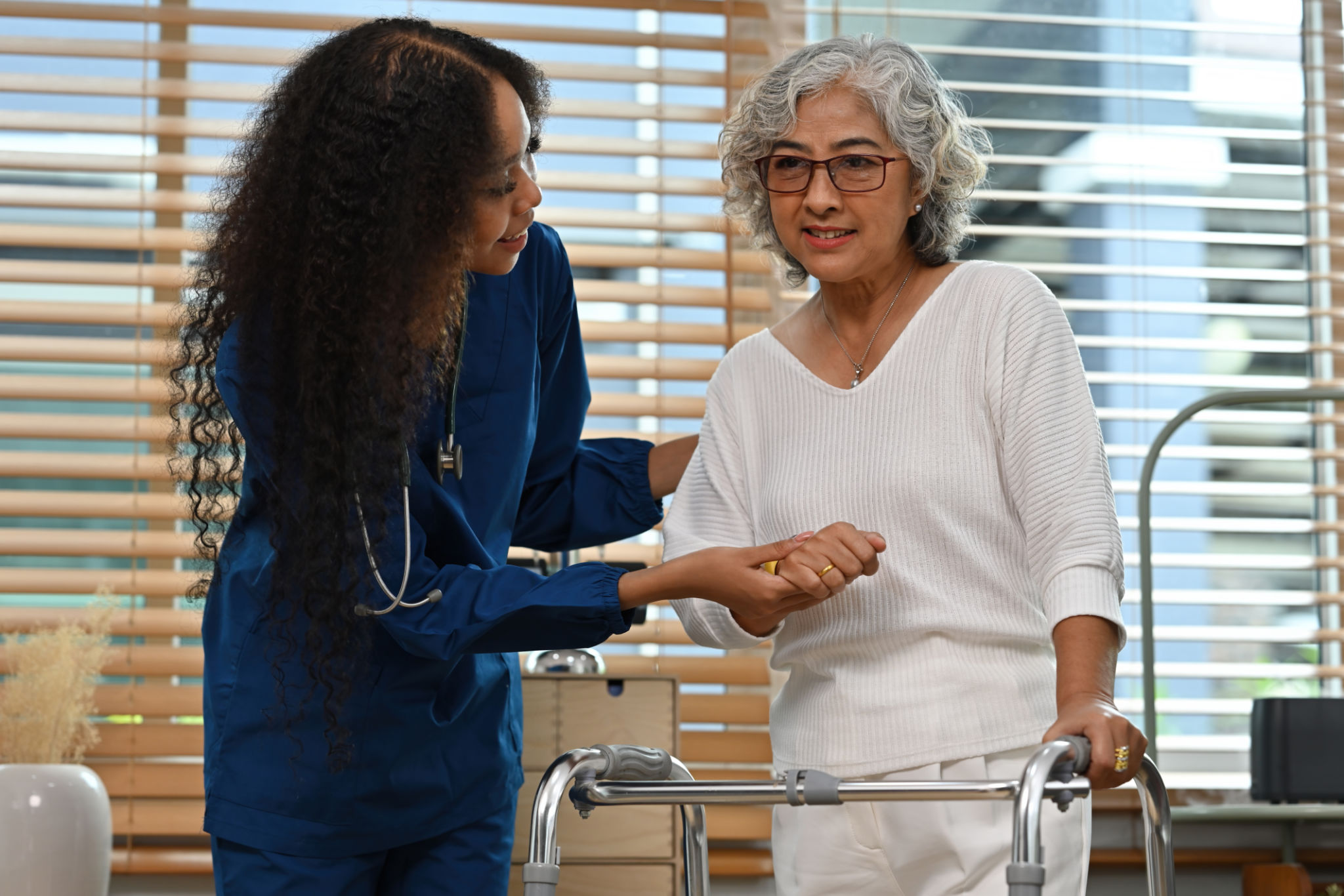Debunking Myths About Stroke Rehabilitation in South Africa
Understanding Stroke Rehabilitation
Stroke rehabilitation is an essential process that helps individuals regain their independence and improve their quality of life after a stroke. However, there are several myths surrounding stroke rehabilitation in South Africa that can hinder recovery. In this blog post, we aim to debunk these myths and provide a clearer understanding of what stroke rehabilitation entails.

Myth 1: Rehabilitation Should Start Only After Full Medical Recovery
One common misconception is that stroke rehabilitation should begin only after the patient has fully recovered medically. In reality, rehabilitation should start as soon as possible. Early intervention can significantly improve outcomes by preventing secondary complications and capitalizing on the brain's ability to reorganize itself after the injury.
Rehabilitation teams, including physiotherapists, occupational therapists, and speech therapists, work collaboratively to create a personalized plan that addresses the unique needs of each patient. This multidisciplinary approach ensures a comprehensive recovery process.
Myth 2: Rehabilitation Has a Fixed Duration
Another myth is that stroke rehabilitation has a set timeframe. The truth is, recovery varies from person to person. Factors such as the severity of the stroke, the individual's overall health, and the level of family support all play crucial roles in determining the duration of rehabilitation.

While some patients may regain their abilities within weeks, others may need months or even years of continuous therapy. It's important for patients and their families to understand that progress may be gradual and to remain patient and committed to the rehabilitation process.
Myth 3: Stroke Rehabilitation Is Ineffective for the Elderly
Some people believe that elderly individuals cannot benefit from stroke rehabilitation. However, studies have shown that age is not a barrier to recovery. Older adults can make significant improvements with tailored rehabilitation programs that account for their specific needs and limitations.
The key is to maintain a positive attitude and focus on achievable goals. With the right support and encouragement, elderly patients can experience meaningful gains in their functional abilities and overall well-being.

Myth 4: Once Progress Stalls, Rehabilitation Should Stop
A common misconception is that if progress seems to have plateaued, rehabilitation should be discontinued. In reality, rehabilitation should be viewed as a long-term commitment. Even if noticeable improvements slow down, ongoing therapy can help maintain existing abilities and prevent deterioration.
Therapists can adjust the rehabilitation plan to introduce new challenges and techniques that stimulate progress. Regular reassessment ensures that the program remains relevant and effective for the patient's evolving needs.
The Importance of Education and Support
Education plays a vital role in dispelling myths about stroke rehabilitation. By providing accurate information and resources, healthcare professionals can empower patients and their families to make informed decisions about their care.
Support groups and community resources are also invaluable for fostering a supportive environment where patients can share experiences and encouragement. These networks can help alleviate feelings of isolation and promote a sense of community among stroke survivors.